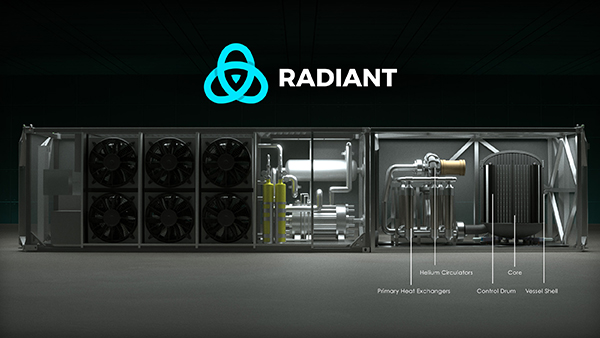
Breaking News
 Canada's MAID CULTURE OF DEATH Just Hit Rock Bottom: KILLING PRISONERS NOW!!!
Canada's MAID CULTURE OF DEATH Just Hit Rock Bottom: KILLING PRISONERS NOW!!!
 Weight gain single-handedly prevented by a gut microbe
Weight gain single-handedly prevented by a gut microbe
 Doug Casey on 2025's Defining Events and What Comes Next
Doug Casey on 2025's Defining Events and What Comes Next
 BREAKING: Officer Tatum & Other Investigators Believe A Potential Suspect In The Brown...
BREAKING: Officer Tatum & Other Investigators Believe A Potential Suspect In The Brown...
Top Tech News
 This tiny dev board is packed with features for ambitious makers
This tiny dev board is packed with features for ambitious makers
 Scientists Discover Gel to Regrow Tooth Enamel
Scientists Discover Gel to Regrow Tooth Enamel
 Vitamin C and Dandelion Root Killing Cancer Cells -- as Former CDC Director Calls for COVID-19...
Vitamin C and Dandelion Root Killing Cancer Cells -- as Former CDC Director Calls for COVID-19...
 Galactic Brain: US firm plans space-based data centers, power grid to challenge China
Galactic Brain: US firm plans space-based data centers, power grid to challenge China
 A microbial cleanup for glyphosate just earned a patent. Here's why that matters
A microbial cleanup for glyphosate just earned a patent. Here's why that matters
 Japan Breaks Internet Speed Record with 5 Million Times Faster Data Transfer
Japan Breaks Internet Speed Record with 5 Million Times Faster Data Transfer
 Advanced Propulsion Resources Part 1 of 2
Advanced Propulsion Resources Part 1 of 2
 PulsarFusion a forward-thinking UK aerospace company, is pushing the boundaries of space travel...
PulsarFusion a forward-thinking UK aerospace company, is pushing the boundaries of space travel...
 Dinky little laser box throws big-screen entertainment from inches away
Dinky little laser box throws big-screen entertainment from inches away
 'World's first' sodium-ion flashlight shines bright even at -40 ºF
'World's first' sodium-ion flashlight shines bright even at -40 ºF
Radiant Nuclear Pebble Bed Shipping Container Sized Reactor

All the components of the compact design would be packaged in a single shipping container, making rapid deployment to remote locations or for disaster relief locations possible.
The company is currently working with Argonne National Laboratory and Idaho National Laboratory through a GAIN voucher to develop computational analysis tools to advance the reactor's design.
Kaleidos is one of three microreactor designs that could potentially test in the Department's NRIC DOME — the world's first microreactor test bed.
Testing could start as early as 2026 and commercialization is targeted for 2028.
In 2023, Radiant Industries, raised $40 million in a Series B funding round led by Andreessen Horowitz, bringing its total capital raised to $54 million with an additional $2.3M in government awards. Founders Fund, Decisive Point, McKinley Alaska, Draper Associates, Cantos, and BoostVC also participated in the round. They will firm up siting the factory and the first five reactors, developing microgrid controls and electricity generating turbomachinery, de-risk fuel sourcing, and shorten the timeline between fueled test and production scale up. Radiant is targeting commercial unit production in 2028.
China has a commercial reactor, HTR-PM. It has been operating since commercially since 2023. They built a 10 MW prototype that started running at full power in 2003. The HTR-PM is a high-temperature gas-cooled (HTGR) pebble-bed reactor, the world's first power plant of this kind. It is a generation IV design. The technology is based on the HTR-10 prototype reactor.



